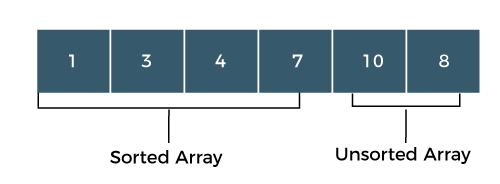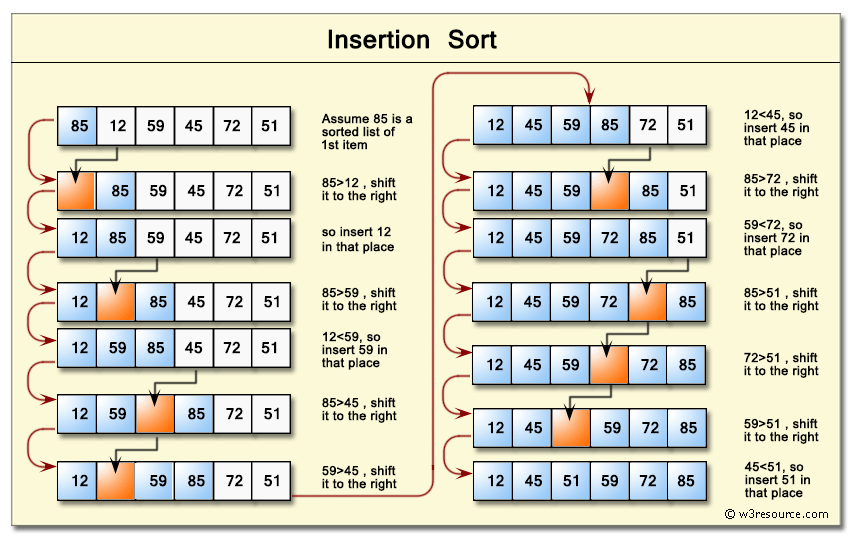
With respect to large input ‘ n’, we would expect a much lower value of the complexity rate in merge sort as compared to bubble sort. The two relations are absolutely different when it comes to relating them at high and low input field data sets respectively. The difference between the two procedures is not very predominant to observe in such cases.Ĭonsidering the data set input field to be ‘ n‘, the corresponding complexity relations for the two sorting procedures is this: If we take small data sets into account, the bubble sort and merge sort are almost equal with respect to sorting numbers in approximately the same time. Seeing it, we can easily derive that the merge sort is an recursive procedure, whereas the bubble sort is an iterative procedure. * swap them and remember something changed */Īnalyzing the pseudo code becomes an imperative part of the comparison.

and return the resulting merged sublistīubble Sort: procedure bubbleSort( A : list of sortable items ) merge the sublists returned from prior calls to merge_sort() recursively call merge_sort() to further split each sublist If length(m) 1, so split the list into two sublists (using less than or equal prevents infinite recursion for a zero length m) if list size is 0 (empty) or 1, consider it sorted and return it Shortly, we will see how this works, and, how it stnds in comparison to the bubble sort.Ī scattered plot of numbers, yet to be sorted by Bubble Sort. For large data sets, which is actually our main concern, the merge sort is definitely more effective than most other algorithms in terms of time.

It is one of the fastest methods to sort a data set and more importantly, it requires minimum time to do so. Merge Sort is a recursive algorithm that is used in most of the servers and applications that require sorting procedures. Our main focus in this article is to compare two powerful techniques of sorting used everywhere throughout the world – Merge Sort and the Bubble Sort.


Sorting problems are so trivial that they can be found ubiquitously, for example, probably sorting the marks of students of a class, or getting the second highest mark, or some other instances like that, which we will consider later in this article. Sorting procedures are widely used throughout the world in diverse fields of mathematics, computer science, machine learning and artificial intelligence. Sorting algorithms are methods/procedures used in various computer programs to associate and arrange pieces of data in a certain order.


 0 kommentar(er)
0 kommentar(er)
